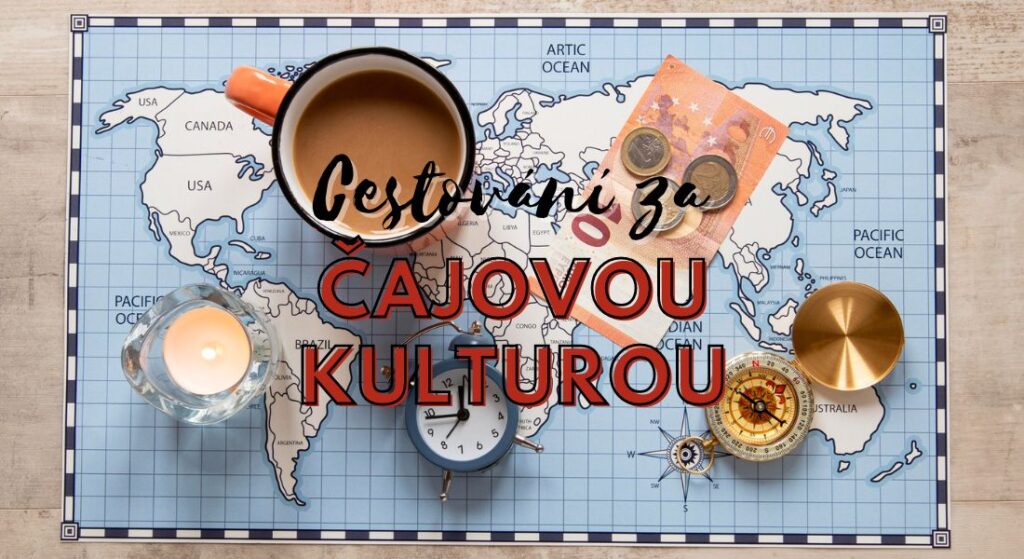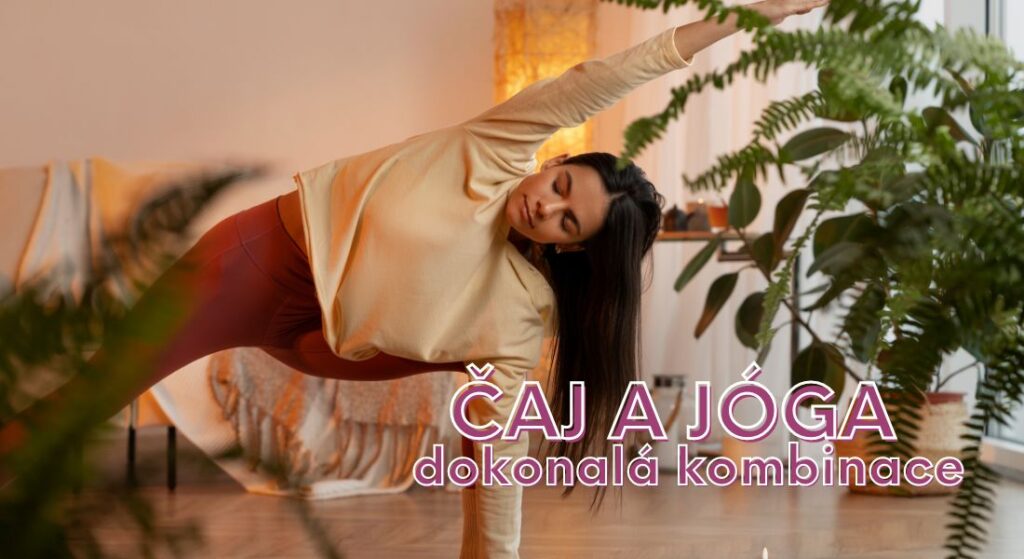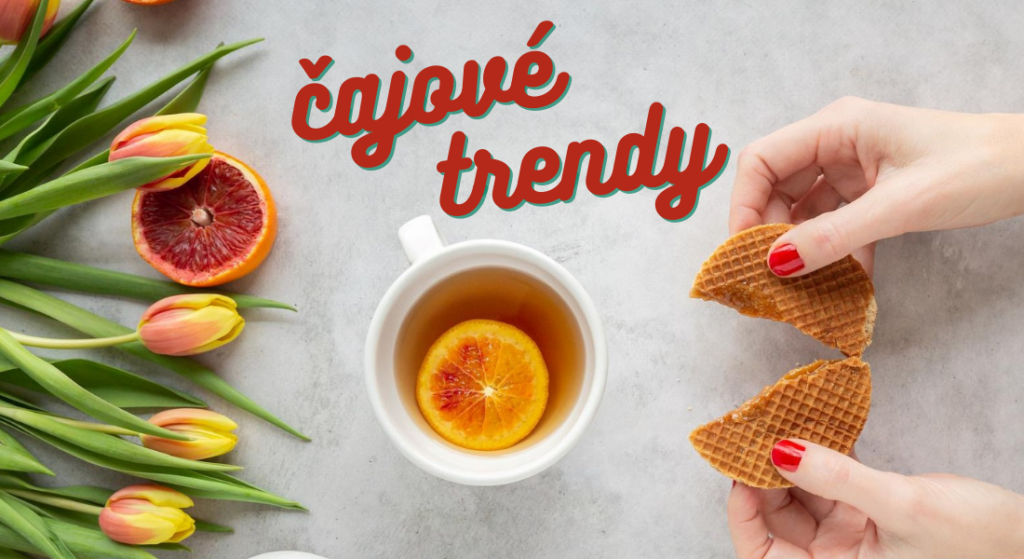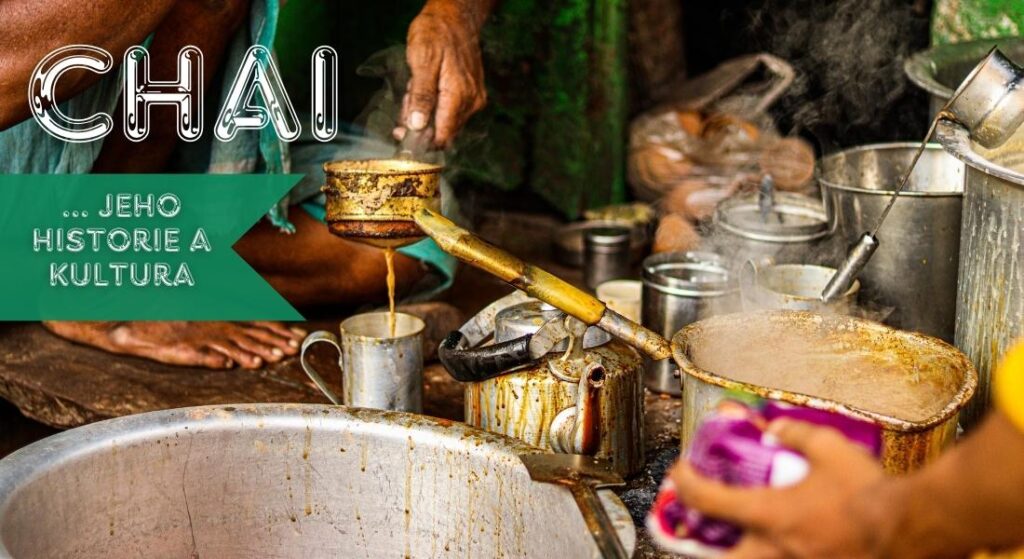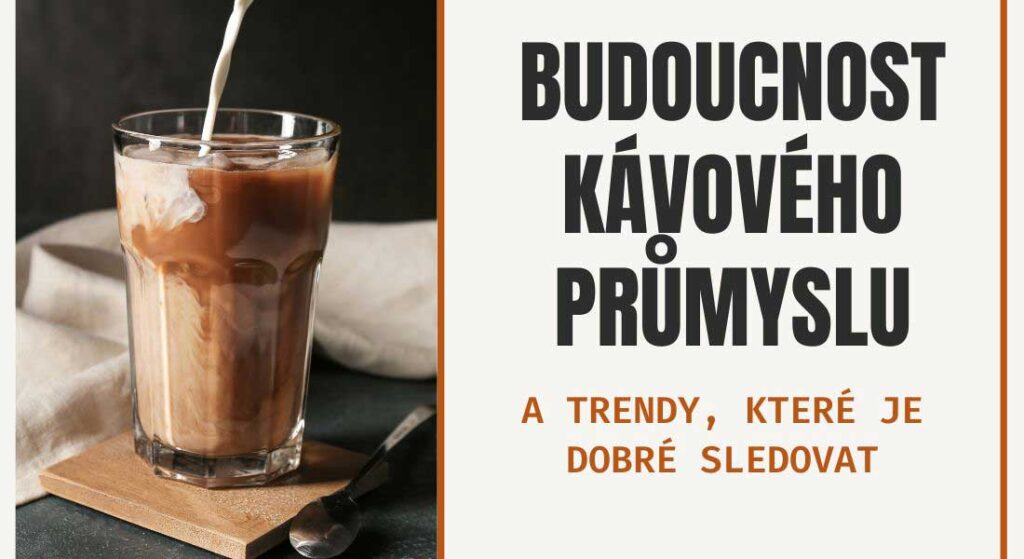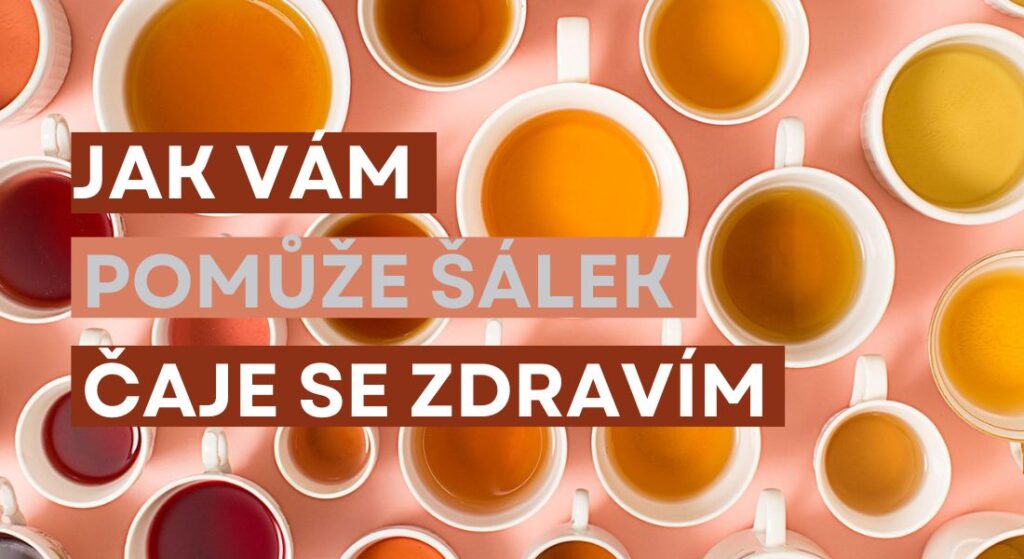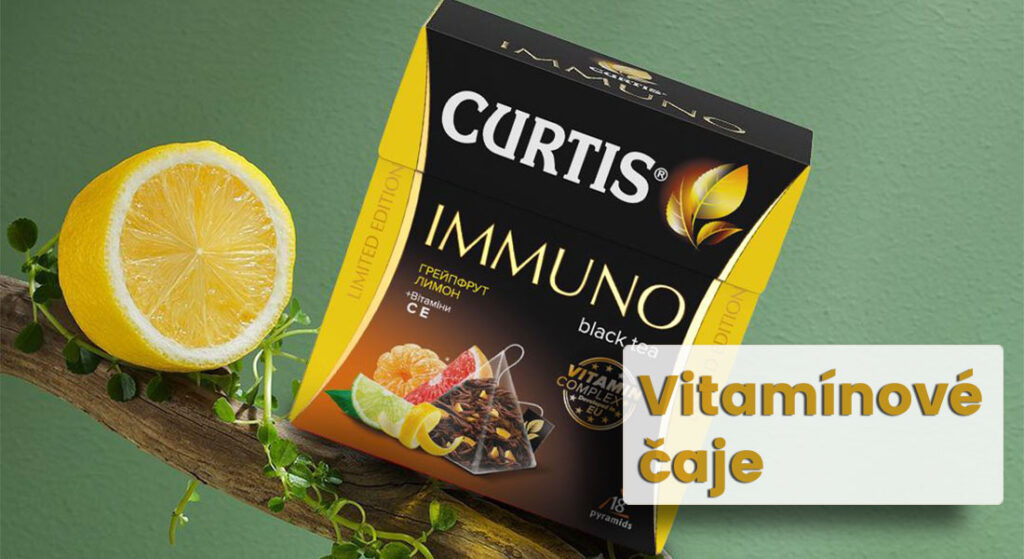Tea is the second most consumed beverage in the world after water. More interesting, however, is how individual regions of the world have adopted tea and what role it plays in their society. Many countries have included it as one of their cultural definitions and its preparation and consumption has become ceremonial.
We have selected 4 interesting countries and their traditional tea rituals for you.
China
Chinese Tea Ritual Gong Fu Cha does not require strict adherence to procedures unlike tea rituals in Japan. It is precisely because of its freedom that it is more popular. The secret of this popular tea is that tea leaves are repeatedly poured in a small teapot (so-called multi-infusion teas). We prepare the tea ritual for the purpose of a pleasant atmosphere.
Zajímavost: Čajový obřad uspořádá ženich dopoledne v den svatby pro své rodiče. Tradiční je usazení hostů, které také určuje pořadí podle věku a postavení v jakém budou hosté obslouženi. Na rozdíl od ženicha nevěsta uspořádá obřad pro rodinu až odpoledne, tedy po ženichově návštěvě.
Equipment needed for ceremony: Sea of tea, yixing pot, drinking bowls, sniffing set and tea scoop, funnel and tweezers

In addition, the following 8 steps for the Chinese Gong Fu Cha tea ritual need to be followed:
- Dish Preparation: Use the necessary equipment for the ceremony
- Water preparation: Use good quality water with a low mineral content. The ideal temperature for cooking is 85-90°C.
- Tea preparation: Choose a tea according to your taste and pour approximately 7-10 grams of tea leaves into the teapot.
- Brewing: Pour water over the tea leaves into a teapot and steep for 30 seconds to 1 minute.
- First infusion: Rinse the cups with warm water to warm them up. Then pour the brew from the kettle into the cups and pour it down the drain.
- Second infusion: Pour the new infusion from the teapot into the cups and let it infuse for 1-2 minutes.
- Serving: Divide the infusion into cups and serve to guests.
During the brewing process, you can repeatedly fill the teapot with water and brew the tea again. This will give you more infusions with a milder taste. The main thing is the overall positive experience of preparing and drinking the tea itself, both for you and for others.

Tibet
Sweet tea serves as refreshment and is prepared by mixing milk and sugar with the juice of fermented tea leaves.
For Tibetans, tea is what coffee is for Westerners – a wake-up drink for a successful start to the day. In Tibet, not even a meal is complete without tea in the morning. They mostly drink sweet tea or Tibetan tea with butter.
Tibetan butter tea is made by mixing butter and salt with the juice of fermented tea leaves. The mixture must be mixed thoroughly before administration.
The local custom of drinking tea is related to the digestion and composition of the food that Tibetans consume. Tibetans eat a lot of lamb and goat meat. Warm tea not only helps to keep the body warm, but also helps and supports the digestion of meat, which the locals consume almost three times a day, every day.
Interest: Buddhism played an important role in the development of tea culture. Tibetans, who are Buddhists, attach importance to tea ceremonies. They associate tea with god. When they pray to the deities in the temples, they take holy water, medicine and tea with them. Tea is considered something sacred and pure given by the Buddha and requires a very solemn ceremony.
Turkey
In Turkey, tea is consumed practically all the time, regardless of the time.
The tea ritual in Turkey is a very important part of everyday life and has strong traditional roots. In Turkey, tea is drunk throughout the day, but especially in the afternoon, when it is associated with sitting, talking and relaxing. Hosts try to show their guest that they welcome them and show their respect by offering them a
cup of tea.
Drinking Turkish Teahas a beneficial effect on health because it regulates body temperature. One sweats less and is not as thirsty.

It all starts with the preparation of the tea itself, which is brewed in a small pot and then poured into typical tulip-shaped glasses. Tea is drunk without sugar and milk, but in some cases herbs such as mint are added. It is not unusual to see groups of friends sitting on terraces, drinking tea and enjoying each other's company.
In conclusion, the tea ritual in Turkey is a very important part of everyday life and represents much more than just drinking tea. It is a symbol of tradition and relaxation that has been honored for generations. For visitors to Turkey, the experience of drinking tea is part of an authentic experience of this beautiful country.

Japan
In Japan it istea ritual deeply rooted and part of the local culture and tradition alreadythan five centuries. It is not only about drinking tea, but also about worshiping beauty and art,which are inseparable associated with this tradition.
The objects for the tea ritual are chosen and decorated to highlight their beauty and elegance. It is usually done in a separate room that is specially equipped for this purpose. The main purpose of the ritual is to honor the host and guests, as well as to express respect for art and beauty.
During the tea ritual, the host tries to create a calm and relaxed atmosphere, allowing guests to fully concentrate on the process of preparing and drinking tea. The host carefully prepares the tea in front of the guests to ensure that its taste and aroma are perfect.
The tea ceremony in Japan is very formal. Each step in the process of preparing and serving tea has its own meaning and is carefully carried out to achieve the best possible results.
Summary
On the one hand, the rituals themselves and the preparation for them can in some cases take quite a bit of time. On the other hand, it can represent a kind of relaxation for someone, which leads to the release of tension, calming of the body and mind, or boosting of a good mood. In today's "accelerated", sometimes quite tense time, it is not out of the question to pause, even if only for a moment, to take time for yourself, to experience the moment and, above all, to enjoy a cup of well-prepared tea.
Which tea ritual caught your attention the most? Did you have the opportunity to try any of the rituals? And what rituals, even non-tea ones, do you practice? Write to us in the comments.


